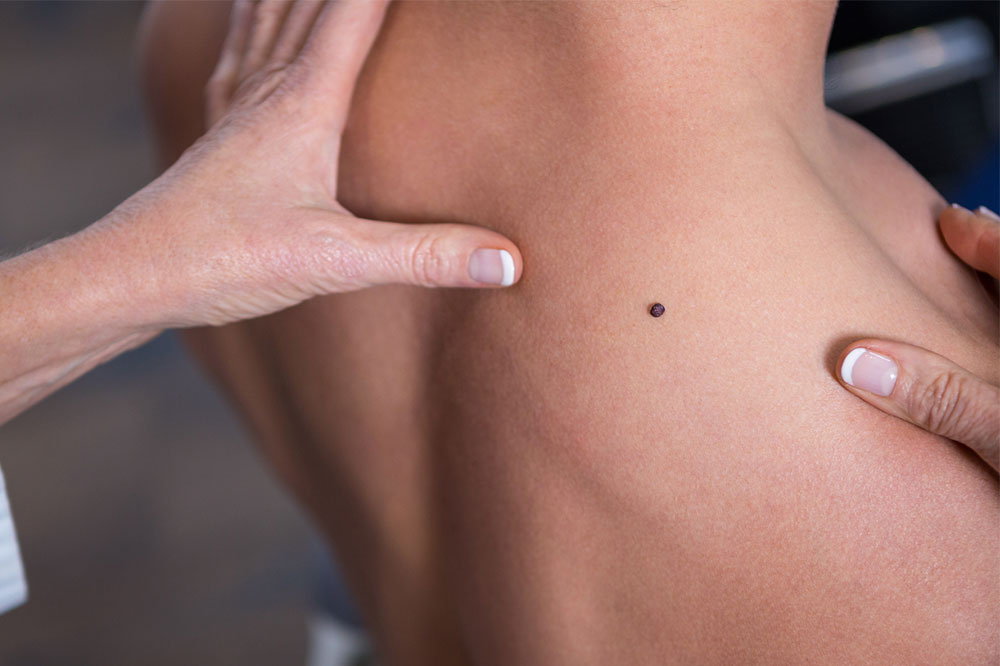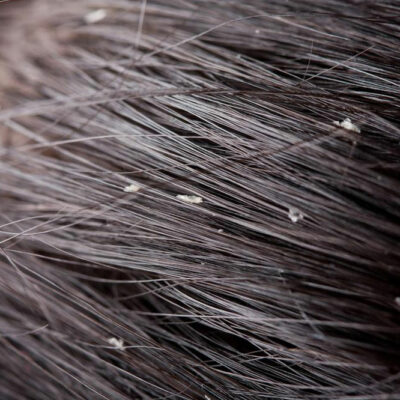
Prevention, Symptoms, and Treatment of Melanoma
Melanoma is the most serious and the most dangerous type of skin cancer that develops in melanocytes. These are skin cells or the pigments that give your skin its color. While melanoma can develop on areas of the body exposed to the sun, it can also form in the eyes. Melanoma can spread to the lymph nodes, the brain, lungs, and liver.
Speaking of Melanoma: prevention, symptoms, and treatment as a whole, overexposure to ultraviolet rays of the sun is the leading cause. However, significant causes also include excessive usage of tanning lamps and beds. Limiting yourself to sun exposure is the first step you should take to prevent developing this deadly skin condition.
The symptoms of melanoma
The first signs of melanoma appear as unusual moles that are asymmetric in shape with a ragged border and uneven coloration. A mole that itches and bleeds is also one of the early warning signs of melanoma. Other symptoms of melanoma are:
- A significant change in an existing mole
- A small and dark multicolored spot that is elevated with irregular borders
- Formation of a cluster of dark, shiny, firm bumps
- A mole that is bigger than a pencil eraser
- Hardened lumps under your skin surface
- Swelling and pain in the lymph nodes
- Breathing difficulties or a persistent cough that doesn’t go away
- Swelling of the liver
- Loss of appetite
- Bone pain or brittle bones
- Unexplained weight loss
- Weakness or numbness in the arms and the legs
- Excessive fatigue
- Headaches and/or seizures
Treatment for Melanoma
The right treatment for this skin condition depends on the size, the stage, and overall health. The popular treatment options for this risky skin condition are as follows:
Surgery
When melanoma has spread to nearby lymph nodes, surgery is often required to remove the affected nodes. However, some treatments before or after surgery are also important. Surgery is best suited when the tumor has spread only to a few places. The individual will be given pain-relieving medicines during the surgery. Finally, the surgeon will stitch the operated area, and a scar will be present. Your surgeon may cover it by taking a piece of skin from another part of your body for skin grafting.
Chemotherapy
Treatment of melanoma includes chemotherapy. It kills cancer cells and prevents them from spreading further. This treatment is given in different cycles to let you get adjusted and relax.
Radiation
High-energy X-rays are targeted to the affected area to kill cancer cells. It also helps in easing pain caused by melanoma that has spread to the brain or the bones.
Prevention
- Avoid intense and excessive sun exposure
- Wear a hat with a brim when outdoors. Also wear long-sleeved shirts, full trousers, and sunglasses to block UV radiation
- Wear clothes with Ultraviolet Protection Factor
- Generously apply a sunscreen with a sun protection factor of 30 or more
- Bring suspicious and weird-looking skin lesions to your doctor’s notice at the earliest
- Address abnormal-looking moles immediately and discuss with your doctor
- Have a regular mole check


